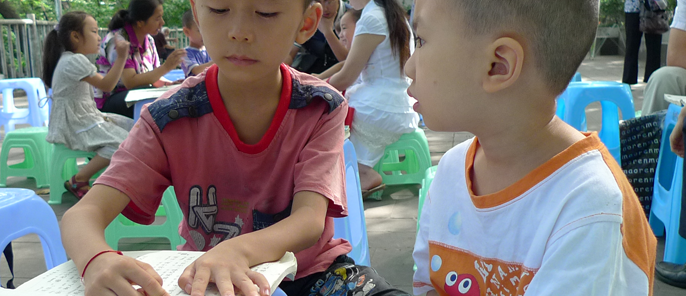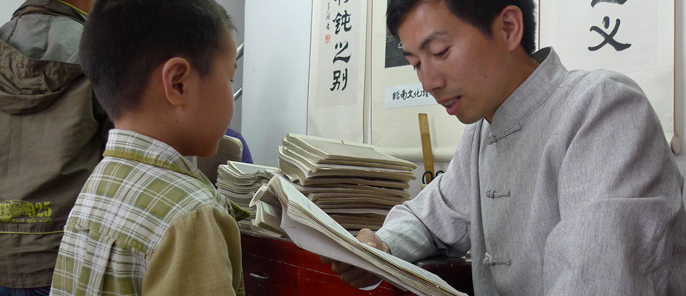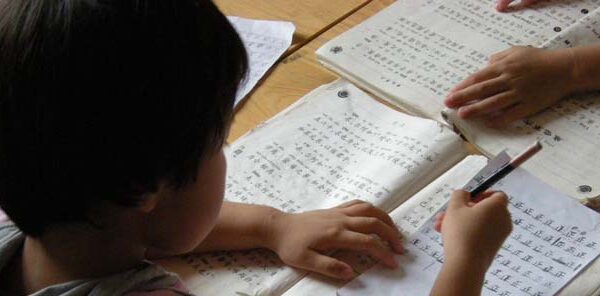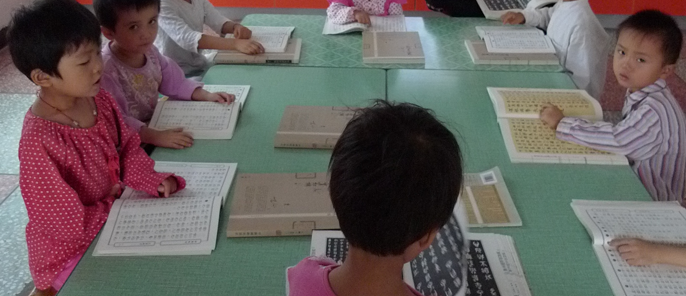Throughout 2007 to 2008, media in the United States had widely discussed the revival of Confucianism in China as the world was paying attention on the 2008 Beijing Olympics. The establishment of Confucius Institutes around the world displayed an expansion of China’s international cultural influences, or “soft power,” through its promotion of Chinese language and culture.
Current analysis of this phenomenon tends to focus only on the active role of the party-state in employing Confucian symbols, using it to fulfill the so-called ‘ideological vacuum’ or ‘moral vacuum’ that emerged after the fall of socialist ideology and the emergence of capitalist economy as the trend of development. Others see the rise of Confucianism as a manifestation of cultural nationalism that is emerging with the growing political and economic power of China in the world.

What is lacking in these analyses, however, is the recognition that the contemporary revival of Confucianism in China is a complex and multidimensional phenomenon. The revival is recognizable in the mass culture, academic discourse, and government actions. Politically, it could observed through the government’s adaptation to an essentially Confucian concept, ‘the harmonious society’ as a keyword for policy direction in the mid-2000’s.
In the religious realm, the resurgence of Buddhism highlights the importance of embodying Confucian ethics as part of practice. In education, the emergence of Confucian classic-reading education in contemporary China focuses on the reading and recitation of Confucian classics but also the importance of self-cultivation for character development. The interconnectedness of political, religious, cultural and economic events all contribute to re-surging interests on Confucianism.
It is a curious to look back on the trajectory of the contemporary Chinese history in the past six decades and understand how Confucianism was suppressed, destroyed, abandoned, and restored again to become active and renewed. Since the beginning of the 20th century progressive liberals, including the socialists, criticized Confucianism as cultural baggage that hindered the modernization and democratization of China. Criticism towards the correlation of Confucianism and the feudal past reached its peak during the Cultural Revolution in 1970s, a time where Confucianism was considered something that was meant to be destroyed. Together with foreign religions and Christians, scholars of Confucianism were the victims of this political movement.
While the public destruction had stopped after the end of Cultural Revolution, it was not until the late 1980s that discourse surrounding Confucianism changed. Over the decades in the late 1980s through 1990s, the discourse about Confucianism, modernization and development turned drastically from criticism to the contrasting view that Confucian ethics and values have positive impacts on social and economic development. Therefore, the current revival of Confucianism provides us with a unique case to study how traditional culture, beliefs and ethics cope with the process of modernization and negotiation with the social conditions of late-modern society.

The Classic-Reading Education Movement (dujing jiaoyu yundong, CREM ) is one of the important social locations for the revival of Confucianism in contemporary China.
The CREM refers to the non-government based movement that focuses on two areas:
- Promote reading and recitation of Chinese classics, particularly the Confucian canonic texts including the Analects of Confucius, the Great Learning, the Doctrine of Mean and the Mencius; and
- Reinstate Confucian pedagogy that focuses on moral education and character development of children before 13 years old.
Contemporary institutionalization of Confucian education fall into three categories:
- sishu, an alternate version of the ancient form of small-class education
- Classic-reading school, a school that adopts Confucian pedagogy but maintains modern school structure
- A part-time classic-reading program that serves as an extracurricular activity during after-school hours or weekends
Based on the interviews with 72 teachers and parents of classic-reading education across the two phrases of fieldwork, we found that the practical goals that focus on students’ academic and language ability, and the moral goals that focus on their adaptation to Confucian ethnics and values are both important for parents and teachers.
The process of participating in the CREM is as meaningful for the parents and teachers themselves as to the children. Narrative analysis on interviews reveal the yearning for tradition, community, and moral standards of the adult participants in the CREM echoes with theories on resurgence of traditional culture and religion in late-modern society.
Joy Lam, a USC Ph.D. in sociology, researched moral education in Chinese Confucian schools with funding from the John Templeton Foundation and developed her dissertation based on the data generated in this project. Her dissertation further investigated how religion, tradition and modernity intersect with each other. Through looking at the CREM, she analyzed the role of Confucianism in the religious landscapes in China, and the question on the social formation of religion in contemporary context.





